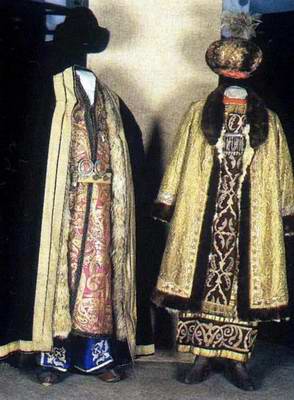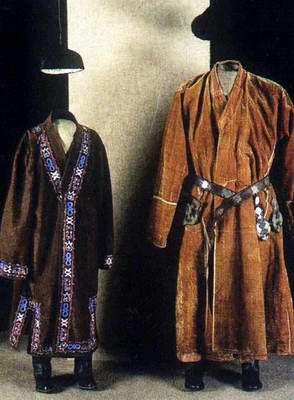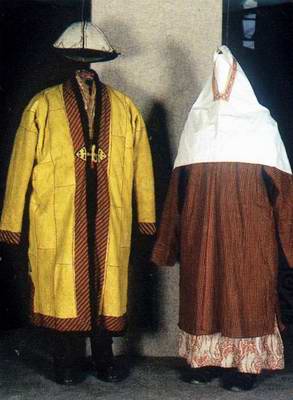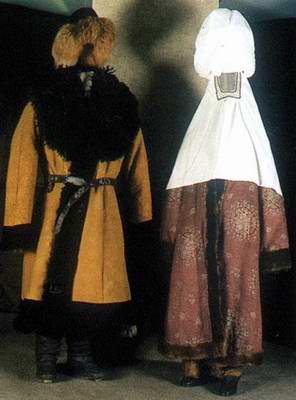Kazakhstan people population distribution
Despite the large size of Kazakhstan’s population, its distribution is extremely uneven: thickly populated foothills neighbor upon nearly completely uninhabited mountainous regions, and big towns are situated next to thinly peopled deserts.
Kazakhstan people population density is the highest in the field-farming districts of the northern steppes and in the irrigated lands in the south. In some southern oases there are as many as 50 to 100 people per square kilometer. On the other hand, some desert regions used as seasonal pastures have almost no permanent residents.
Kazakhstan people nations
Kazakhs are the indigenous inhabitants of the land. However, quite a few Uzbeks, Kirghiz, Uigurs and Dungans had lived here since olden times. In the 20th century Russians, Ukrainians, Byelorussians, Mordvinians, Tatars and Koreans began migrating to Kazakhstan.
A large number of migrants came here in the years of the World War II (1939-1945) when the population of the western parts of Russia temporarily occupied by the enemy was evacuated to Kazakhstan.
Over a million people, mostly young people, came to Kazakhstan in the 1950s when the development of virgin lands was launched. Kazakhs, like many other Asian people, have always had large families. Families with as many as 10 to 15 children are not uncommon here in Kazakhstan. However, this is explained not only by a high rate of natural growth of the population.
Kazakhstan people national clothes: woman’s costume

Kazakhstan people national clothes: man’s costumes
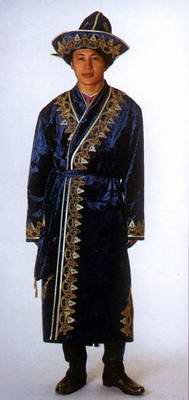
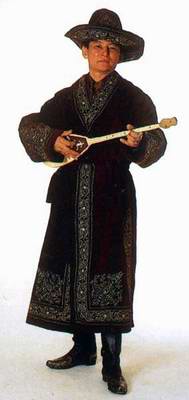

Kazakhstan people national clothes: woman’s wedding head-dress
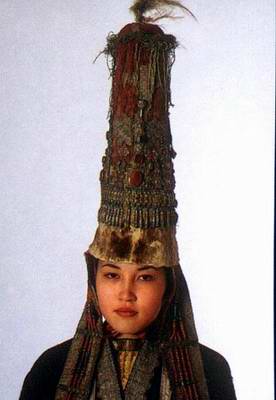
Kazakhstan people facts
The rapidly developing economy of Kazakhstan brings about a large influx of newcomers, above all young people, from other parts of the country. The percentage of young people in the total population of Kazakhstan is high, which means that the birthrate and the natural population growth here will remain high.
There are Kazakh people living in all parts of Kazakhstan, most of them, however, inhabit its southern and western regions where livestock breeding is well developed.
Russians, Ukrainians and Byelorussians are predominant in towns and in rural areas specializing in crop farming. Their number is particularly large in the northern regions of Kazakhstan.
There are people of German nationality living in the north and south of Kazakhstan. They appeared in these parts for the first time at the turn of the 20th century, but most of them migrated here in the 1930s and in the period of the World War II. Uzbeks live mostly in the south of Kazakhstan, in the areas of irrigated farming bordering on Uzbekistan. Uigurs live in the southeastern regions and Dungans, still farther south.
Most Koreans live in the south of Kazakhstan, particularly, in the lower reaches of the river Syr Darya, where they started rice growing at one time. There are quite a number of Tatars in such old towns as Petropavlovsk, Semipalatinsk and Uralsk in the northern half of Kazakhstan.
Kazakhstan people national clothes: man’s fur head-dress

Kazakhstan people national clothes: man’s head-dress
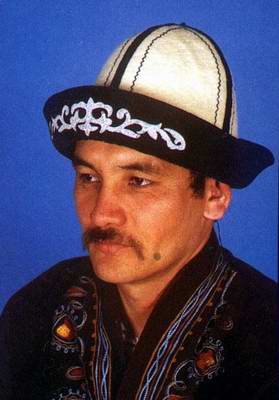
Kazakhstan people national clothes: woman’s national dressings
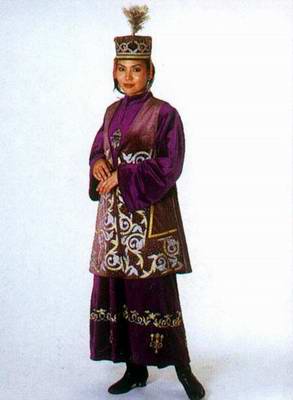
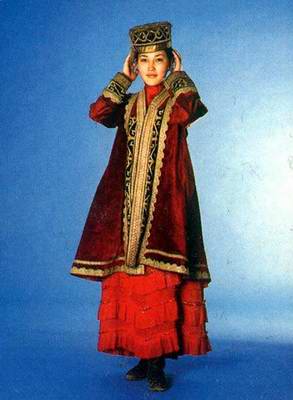

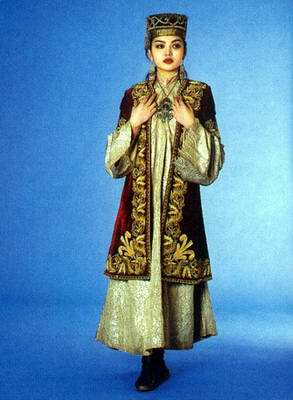

Kazakhstan people national clothes: woman’s national shoes

In Kazakhstan there are whole regions mostly populated with Kazakhs, as well as villages where Russians, Ukrainians, Germans, Uigurs, or Dungans predominate. In most cases, however, the population is mixed in terms of its national composition.
Russian language, being the most widespread, is used by people of different nationalities in communicating with one another. The names of streets and institutions are given in both Kazakh and Russian, television and radio programmes are broadcast in both languages, and works of fiction and scientific literature also appear in both languages.
At the same time, Kazakhstan newspapers, along with Kazakh and Russian, are published in Korean, Uigur and German, and local newspapers come out also in many other languages.
Kazakhstan people national clothes: national boots

Kazakhstan people national clothes: traditional costumes
